When you pick up a prescription, you might not notice the difference between a brand-name pill and a generic one. But there’s a hidden category that’s neither fully brand nor fully generic - the authorized generic. These are the exact same drug as the brand-name version, made in the same factory, with the same ingredients, same strength, and same effect. The only difference? The box and the label. And if you don’t know how to spot them, you could miss out on savings - or worse, get confused when your medication looks different.
What Makes an Authorized Generic Different?
Authorized generics aren’t just another type of generic drug. They’re the original brand-name drug, sold under a different label. The company that made the brand-name drug - say, Pfizer for Lyrica - also makes the authorized generic, often through a subsidiary like Greenstone LLC. It’s the same capsule, same powder, same machine that filled it. The FDA calls this a "listed drug" marketed under the original New Drug Application (NDA), not the Abbreviated New Drug Application (ANDA) that traditional generics use. That’s why authorized generics are identical in every way to the brand. No bioequivalence studies needed. No guesswork. If the brand works for you, the authorized generic will too. The only changes are on the outside: the name on the label, the company listed as the distributor, and sometimes the color or imprint on the pill.How to Spot an Authorized Generic by the Label
Start by looking at the packaging. Brand-name drugs usually have flashy logos, trademarks, and marketing claims like "Clinically Proven" or "Trusted by Millions." Authorized generics don’t. Their labels are plain. No trademarks. No slogans. Just the drug name, strength, and manufacturer info. Check the manufacturer or distributor line. If it says "Distributed by Greenstone LLC" instead of "Manufactured by Pfizer," that’s a strong sign. The actual manufacturing facility is almost always the same as the brand’s. You’ll see the same facility number on the label, just under a different company name. Also look for the absence of the brand name. If the box says "Omeprazole" instead of "Prilosec," and you know Prilosec is the brand, you’re likely looking at an authorized generic. The drug name is the same, but the brand name is gone.The NDC Code: Your Most Reliable Tool
Every drug package has a National Drug Code (NDC), a 10- or 11-digit number usually printed on the label. It’s broken into three parts: labeler code, product code, and package code. For an authorized generic:- The labeler code (first part) will be different from the brand’s. For example, Prilosec’s labeler code is 00071 (AstraZeneca). The authorized generic uses 55111 (AstraZeneca’s subsidiary).
- The product code (second part) and package code (third part) stay exactly the same.
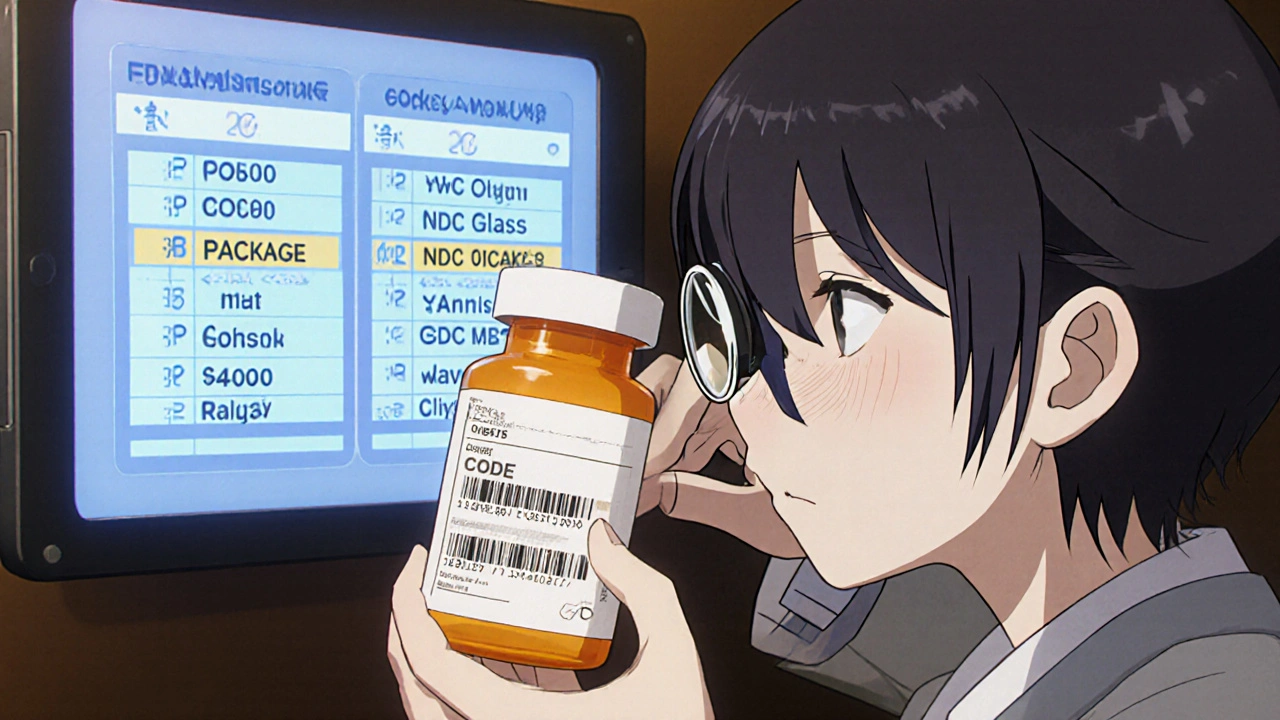
Why the Packaging Looks Different
You might notice the pills themselves look different. A blue Lyrica capsule from Pfizer might be white with a different imprint in the authorized version. That’s not a mistake. U.S. trademark law prevents generic drugs from looking identical to branded ones, even if they’re the same medicine. So manufacturers change the color, shape, or imprint slightly - but the active ingredient remains unchanged. Some authorized generics even have small "AG" or "Authorized Generic" printed in tiny letters on the label. It’s not required by the FDA, but some companies do it to help pharmacists and patients. Don’t rely on that though - many don’t use it at all.Authorized Generics vs. Traditional Generics
It’s easy to confuse the two. Here’s how they differ:| Feature | Authorized Generic | Traditional Generic |
|---|---|---|
| Manufacturer | Same as brand-name company | Separate generic manufacturer |
| Active Ingredients | Identical to brand | Identical to brand |
| Inactive Ingredients | Identical to brand | May differ |
| NDC Code | Same product & package code; different labeler code | Completely different NDC |
| Approved Through | Original NDA | Abbreviated New Drug Application (ANDA) |
| Labeling | Same as brand, minus trademarks | May differ slightly; includes bioequivalence statement |
| Price | 15-25% below brand, 5-15% above traditional generic | Lowest price option |
Common Mistakes and How to Avoid Them
Pharmacists and patients often misidentify authorized generics. A 2021 survey found nearly 37% of pharmacists confused them with traditional generics. Why? Because the packaging looks similar. Here are the top errors:- Thinking different pill color = different drug. It’s not. The active ingredient is unchanged.
- Assuming a new manufacturer means it’s not the same. The same factory can produce both brand and authorized generic under different labels.
- Ignoring the NDC. If you don’t check the labeler code, you’ll miss the key identifier.
- Confusing "authorized generic" with "authorized brand." Some companies sell traditional generics in brand-like packaging - these are not authorized generics.
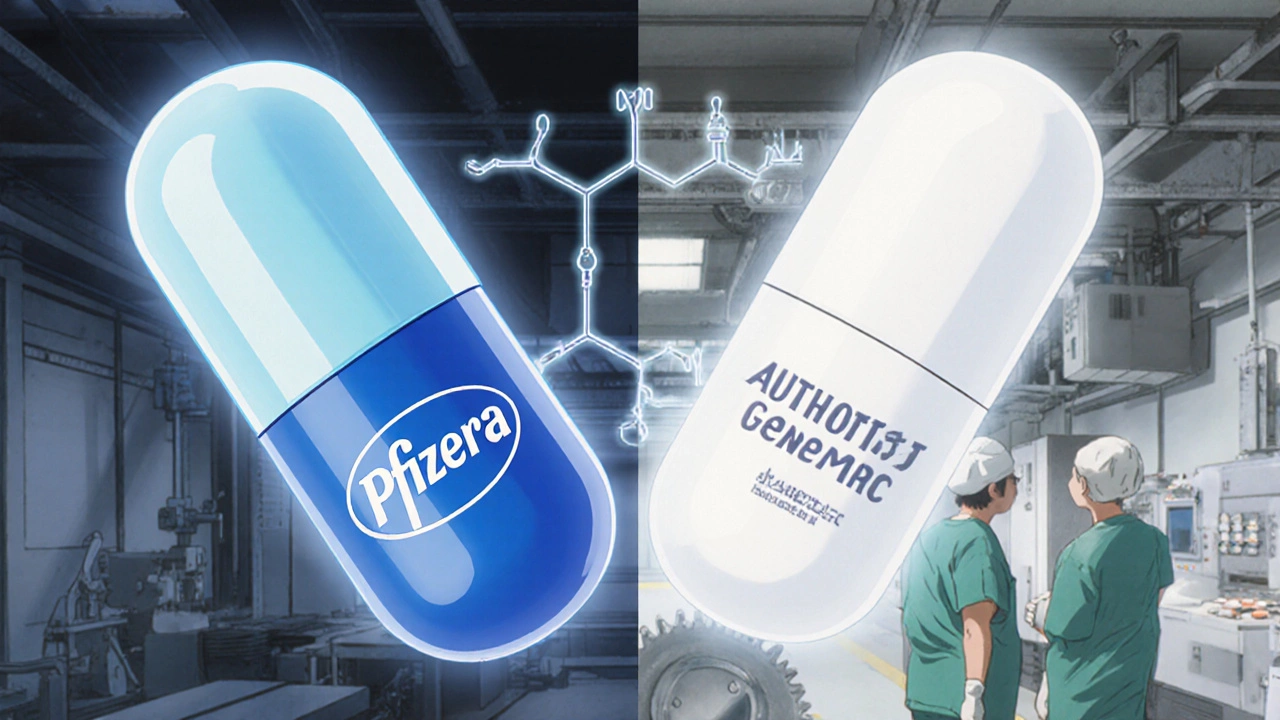
Why It Matters for Patients
If you’re paying out-of-pocket, authorized generics can save you money without sacrificing quality. They’re cheaper than the brand, but just as reliable. Many patients report no difference in how they feel - 92.6% in a 2022 Medscape survey said their experience was identical to the brand. But confusion can cause anxiety. Some patients worry when the pill looks different or the label says a company they’ve never heard of. That’s normal. The drug is still the same. The FDA inspects the manufacturing sites just like the brand. There’s no drop in quality. If you’re unsure, ask your pharmacist: "Is this an authorized generic?" They can pull up the NDC and confirm. It’s not a dumb question - it’s smart.What’s Changing in 2025?
The FDA plans to integrate authorized generic identifiers directly into the National Drug Code Directory by mid-2024. That means pharmacy systems will automatically flag authorized generics - no manual lookup needed. This should cut down on dispensing errors, which currently account for 8.3% of generic drug mistakes, according to the 2022 ISMP report. Right now, you’re still responsible for checking. But soon, your pharmacy app might show a small badge: "Authorized Generic - Same as Brand." Until then, know your NDC. Know your label. And don’t assume a different-looking pill is a different drug.How to Verify Your Prescription
Here’s a simple 3-step checklist you can use every time you get a generic prescription:- Look at the label. Is the brand name missing? Is there a distributor name like "Greenstone," "Dr. Reddy’s," or "Mylan" instead of the original maker?
- Find the NDC code. Write it down. Go to the FDA’s Authorized Generic List and search by drug name or NDC.
- Compare the labeler code. If it’s different from the brand’s but the product and package codes match - you’ve got an authorized generic.
Are authorized generics safe?
Yes. Authorized generics are made in the same facility, with the same ingredients, and under the same quality controls as the brand-name drug. The FDA inspects these facilities just like the brand. There’s no difference in safety or effectiveness.
Why is the pill a different color if it’s the same drug?
U.S. trademark laws prevent generic drugs from looking identical to branded ones. So manufacturers change the color, shape, or imprint slightly - but the active ingredient remains exactly the same. This is required by law, not a sign of difference in quality.
Can I trust an authorized generic if I’ve never heard of the manufacturer?
Absolutely. The manufacturer listed is often a subsidiary of the original brand company - like Greenstone LLC for Pfizer. Even if it’s a third party, the drug is produced under the brand’s original approval. The FDA tracks every batch, and the manufacturing process is identical.
Do authorized generics cost more than regular generics?
Usually yes, but only slightly. Authorized generics are typically 5-15% more expensive than traditional generics because they’re made by the brand company and don’t face the same price competition. But they’re still 15-25% cheaper than the brand-name version. For many, the consistency in effect makes the small price difference worth it.
How do I know if my pharmacy switched me to an authorized generic?
Check the label and NDC code. If the drug name is the same but the manufacturer name changed - and the pill looks slightly different - it’s likely an authorized generic. Ask your pharmacist: "Is this an authorized generic?" They can check their system or the FDA’s list. Most pharmacies will notify you if they switch, but not all do.


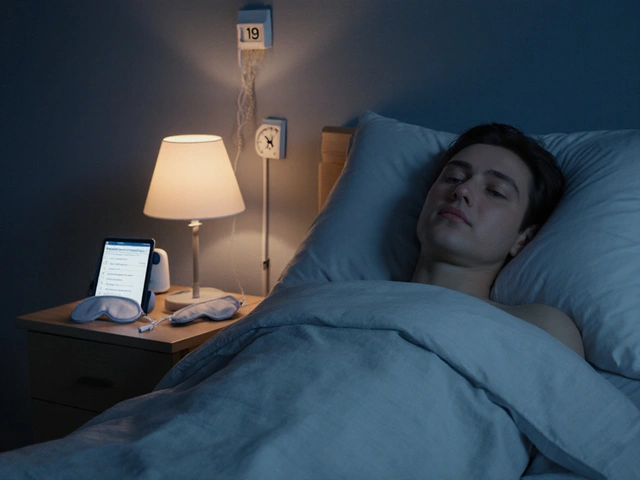


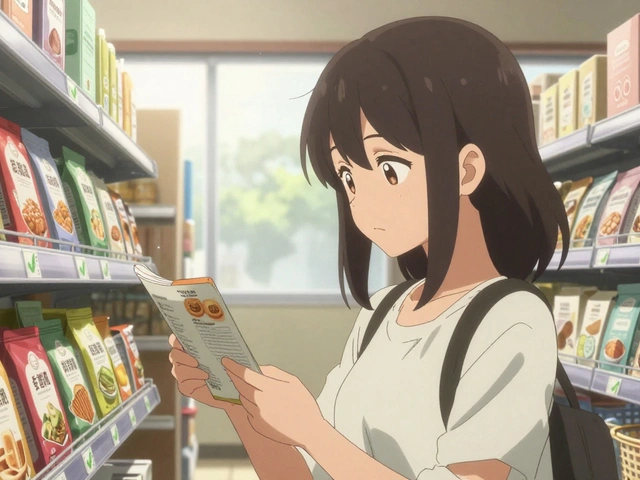
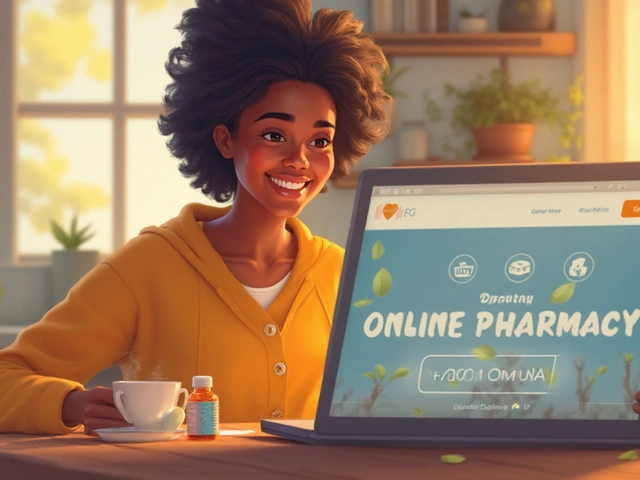
Comments
Brian Bell
Just got my Lyrica generic today and was like... wait, why does this pill look like a ghost version of the brand? 😅 Turned out it was an authorized generic. No clue until I checked the NDC. Mind blown.
Ashley Durance
Let’s be real-most people don’t check NDC codes. They just take whatever the pharmacy gives them. And then they panic when the pill isn’t blue anymore. This post is technically correct, but it’s also a luxury for people who have time to research. Most of us just want the damn thing to work.
Scott Saleska
Actually, you’re all missing the bigger point. The FDA doesn’t require manufacturers to disclose that the authorized generic is made in the same facility. That’s a loophole. If you look at the facility number on the label, it’s identical to the brand’s-but most pharmacies don’t even show that. So unless you’re printing out the label and comparing it to the brand’s packaging, you’re just guessing. I’ve caught this error twice in my prescriptions.
Ryan Anderson
This is one of those posts that makes you feel like you just unlocked a secret level in life. 🎮💊 I always thought generics were just ‘close enough’-but authorized generics? Same factory. Same pill. Just a different box. I’m checking my next script right now. Thanks for the clarity!
Eleanora Keene
Hey everyone, I just wanted to say how proud I am of you for taking the time to understand your meds. It’s not easy, and it’s not always obvious. But you’re doing something really smart by asking questions and checking labels. Keep going. You’re worth the effort. 💪
Joe Goodrow
Why do we even need this? In America we’re supposed to be the best at pharmaceuticals. Now we got brand pills, generic pills, and authorized generic pills? What’s next? Premium generic? This is just corporate greed dressed up as transparency. We need cheaper drugs, not more labels.
Don Ablett
It is noteworthy that the distinction between authorized generics and traditional generics is often obscured in pharmacy practice due to insufficient labeling requirements. The NDC code methodology described herein is methodologically sound and represents the most reliable means of identification. Further regulatory standardization is recommended.
Kevin Wagner
Yo, this is the kind of info that saves your ass-and your wallet. I used to pay $300 for my blood pressure med. Found out I was getting an authorized generic for $85. Same damn pill. No joke. I’m telling my whole family. This is a game-changer. 💥👏
gent wood
Thank you for this detailed and thoughtful breakdown. I’ve been prescribing generics for over 15 years and only recently learned the nuances of authorized generics. The NDC comparison method is elegant and practical. I’ll be sharing this with my colleagues. It’s rare to find such clarity in medical information.